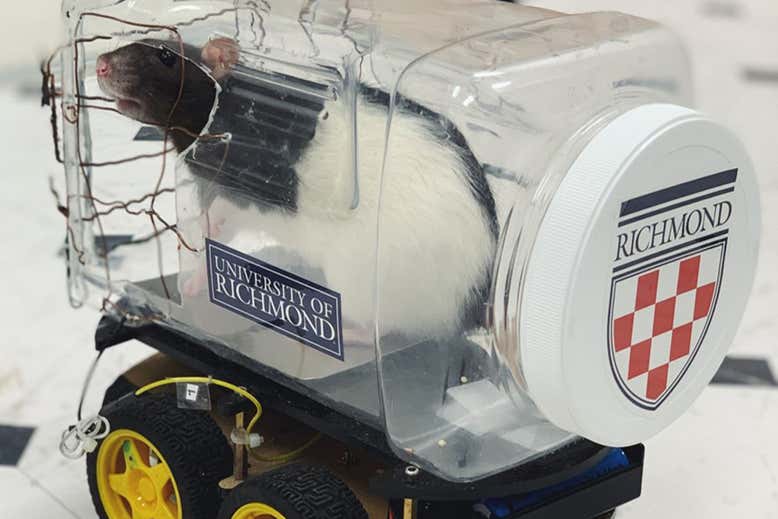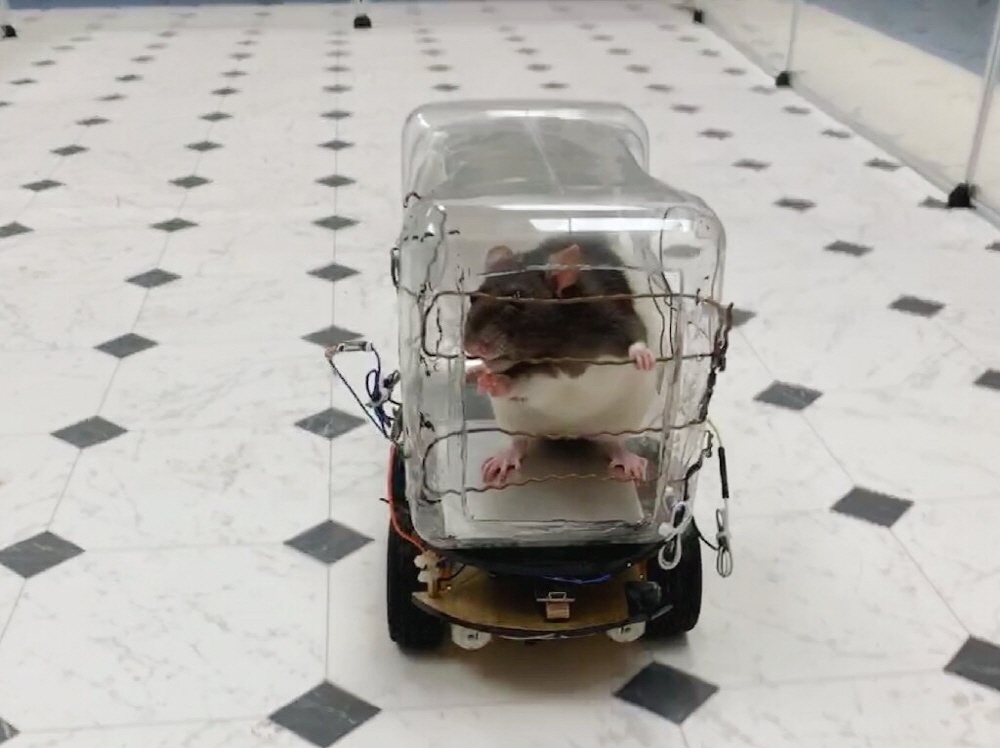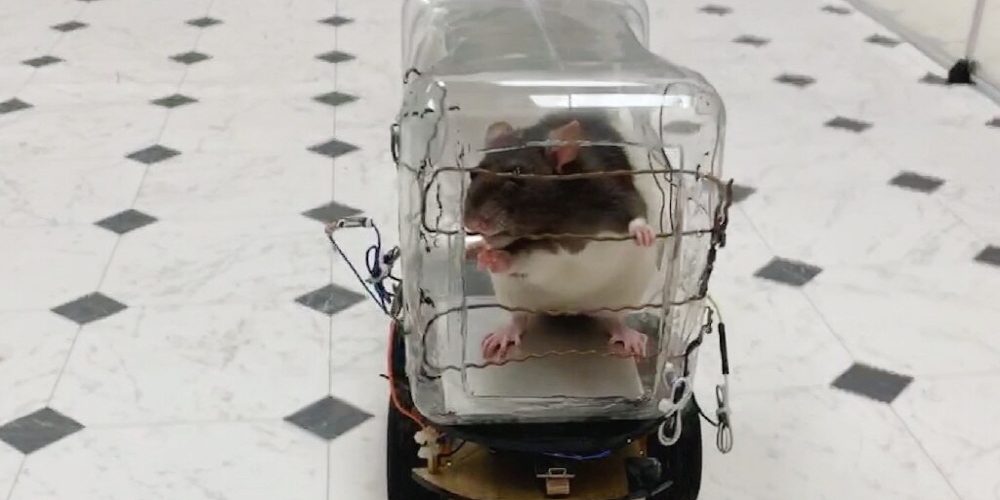An experiment was conducted to learn to drive a small car using an experimental mouse. According to the results of the experiment, it was found that the rats learned to drive well, and that the wild rats learned better than the laboratory rats, and that learning to drive reduced stress.

The research team at the University of Richmond began this study with an interest in neuroplasticity to see what changes would happen to the brain through experiences and challenges. It was decided to compare the results by assigning a task to a mouse raised in a closed environment such as a laboratory and a mouse raised in an environment close to nature. The research team predicted that mice raised in an environment close to nature will be able to better accomplish tasks by growing their brains so that they can learn from their surroundings.
The task given to the rat is driving. The rat was placed in a car with wheels in a clear plastic container. There are three aluminum pedals on the bottom of this vehicle, and when you step on the pedals, you can go straight, turn right, and turn left. Because the side of the car is transparent, the mouse can freely look outside while driving.
In order to increase the motivation to learn, Kellogg’s serial was given as a reward when the car reached the goal set in the space.
In the initial experiment, the space available for driving by car was quite narrow. In the vehicle at the starting point, the vehicle moves when the onboard rat presses the pedal. Even if the vehicle staggers from side to side, it goes straight and stops in front of the target serial. In this way, the rat learned to drive a car in search of cereal. When free space operation in accordance with the rating is also widened starting from 4m 2 facing the space taken in the car so that the vehicle becomes the direction tilted 90 ° from the target towards a target to rotate the vehicle. Through repeated experiments, even when the target is backed up, it turns from the beginning and goes straight to the target.

As a result of repeating the experiment over several months with 17 animals, including 10 males and 7 females, the research team found that mice grown in a natural environment were able to drive much better than mice grown in a laboratory. It is as expected that rats raised in a natural environment are excellent, but the research team is also surprised that they are far superior.
In addition, as a result of investigating whether or not the rat will continue driving even if the compensation serial is removed, it appears that the rat continues to enjoy driving even without compensation. As a result of examining the rat feces used in the experiment, it was found that the excrement of the rats after driving contained a large amount of HEHA (Dehydroepiandrosterone), which acts to suppress stress.
As a comparative experiment, the research team conducted an experiment where humans remotely operated a car with a rat and examined the excrement. The research team reveals that when you learn a new skill that when you drive by yourself, you may feel satisfaction such as self-efficacy and reduce stress, just like humans do. The researchers said, “There is a possibility that the mice will change more complex than humans think about what mice learn to drive. The results show that work has the effect of reducing the mental burden.” Related information can be found here .


















Add comment